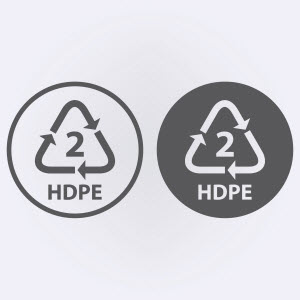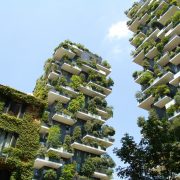How Is HDPE Made?
HDPE (high-density polyethylene) is one of the most durable and versatile thermoplastics in today’s market. It’s used for a variety of different materials like bottles, automotive parts, furniture, and different construction products. HDPE is even recyclable. But despite HDPE’s versatile and efficient nature, how is it made?
The Process of Making HDPE
HDPE is made under controlled conditions by applying intense heat to petroleum. This process, also known as “cracking,” helps create ethylene gas. During its production, the gas molecules will attach to form polymers, which then produce polyethylene.
After this process, the polyethylene will have a sludgy appearance, but after it’s put through a series of molds, it forms into granules. Once the molding process is complete, you’ll have a strong polymer material that can have a variety of uses and applications in your home or facility.
HDPE Uses and Applications
Because HDPE is a versatile material, there are a number of uses for it. Most notably, it’s used for bottling. Due to its durable construction and recyclability, it’s one of the most sought-after materials for liquid containers. It’s also used to house hazardous materials and agrochemicals.
HDPE can be made into strong and long-lasting furniture. HDPE also has important use and application within commercial building design. Due to its chemical properties, HDPE materials are resistant to temperature, moisture, and scratching and dents. This makes it an ideal material for lawn furniture, commercial lockers, and commercial bathroom stalls.
Why Is HDPE Better Than Other Materials?
Other materials like Phenolic Plastic and Solid Color Reinforced Composite (SCRC) are often brought up as durable and versatile materials used for bathroom stalls or partitions. However, when it comes to comparing these materials to HDPE, there’s not really much of a competition. HDPE is more resistant to microbes while providing a stronger surface. It even has a stronger screw retention than Phenolic Plastic or SCRC, meaning that whatever is built with HDPE will be more structurally sound than items made from Phenolic Plastic or SCRC.
The great thing about HDPE material is that it never needs to be touched up or repainted, resulting in less volatile organic compound emissions. These carbon-based chemicals can easily evaporate into the air at any temperature, and when inhaled, can result in health complications. Items made with HDPE can help improve air quality because the material resists mold, fungus, and bacteria. SCRC and Phenolic Plastic materials can absorb mold, resulting in odors and lesser air quality.
When it comes to sustainability, there’s no question that HDPE has a strong lead over the others. HDPE is 100% recyclable and made from post-consumer content. SCRC and Phenolic Plastic aren’t made from post-consumer materials, and therefore can’t be recycled.
Do you want to learn more about the many benefits of choosing HDPE over other materials? Check out our eBook, Sustainable Building Products: How to Make Your Facility Eco-Friendly from Top to Bottom.








